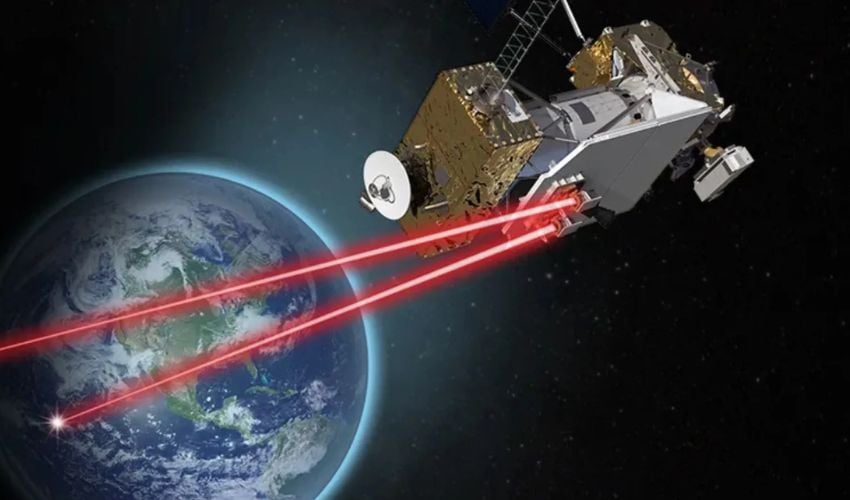Chinese scientists have successfully transmitted data from space to Earth at an impressive speed of 1 gigabit per second (Gbps), which is five times faster than Starlink. This achievement was accomplished using a low-powered 2-watt laser emitted from a satellite in geostationary orbit, positioned 36,000 kilometers above the Earth.
The groundbreaking experiment, led by Professor Wu Jian of the Peking University of Posts and Telecommunications and Liu Chao of the Chinese Academy of Sciences, utilized a novel technique that combined Adaptive Optics (AO) with Mode Diversity Reception (MDR). This synergistic approach enabled the research team to effectively overcome the persistent challenge of atmospheric turbulence, a phenomenon that typically causes laser signals to scatter into weak and distorted patches upon reaching Earth.
Employing a 1.8-meter telescope located at the Lijiang Observatory in southwest China, the scientists successfully received and decoded the laser data stream from a classified satellite situated 36,705 kilometers away. The advanced hardware of the system incorporated 357 micro-mirrors designed to reshape the incoming light and a multi-plane converter that intelligently routed the most stable signal paths in real-time using a custom chip-based algorithm.
The findings, which were published in the Chinese-language journal Acta Optica Sinica, demonstrate that this innovative method significantly enhanced data reliability. Specifically, it boosted the success rate of usable signal transmission from 72% to over 91%.
This development represents another major stride forward for China’s ongoing efforts in space laser communication. In 2020, China’s Shijian-20 satellite had already set a record with a 10Gbps laser downlink, although its specific power specifications remain undisclosed. Reports indicate that U.S. surveillance attempts on the Shijian-20 satellite prompted evasive maneuvers, further emphasizing the strategic importance of this burgeoning technology.
As global competition intensifies in the realms of satellite internet and space-based data infrastructure, this latest Chinese advancement could potentially position the nation at the forefront of next-generation communications, significantly surpassing current low-Earth orbit technologies such as SpaceX’s Starlink.



